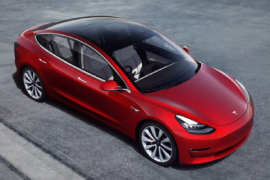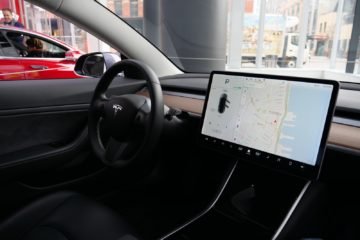Do you know the differences between a typical fossil fuel engine and an electric motor? Obviously one ignites dead dinosaurs and the other uses electricity but what other differences are there and how do you take care of them? Today I thought I’d dive a bit deeper into what a Tesla Service actually includes and why.

Source: tesla.com
Now I don’t know about you, but I’ve never really been a car person. I know how a car works well enough but was just never really that impressed with it all. The oil dripping and leaking everywhere, the stupid loud exhaust noises, the horrible pollution and stench. It all just seemed very… old fashioned to me. After all, the main premise of a typical car engine hasn’t changed in about a hundred years!
Then electric cars started to come out and it peaked my interest. Granted the electric motor was just as old as the typical fossil fuel engine, but it no longer seemed to be about the motor/engine component. Also the electric motor is quiet, highly efficient, pollution free and far more compact and sleek.
The other reason my interest peaked was because Tesla started making cars that were actually modern. For years I basically ignored cars because they just released the same product over and over again. Maybe they’d add Bluetooth or another air bag but either way even “the latest” cars were decades behind. They all had horrific resistive touch screens, even worse software and the interiors were just plain confusing.
A Huge Benefit For EV’s
It turns out there are many other benefits electric vehicles have over fossil fuel cars. One of the major ones is that they’re far simpler and cheaper to maintain and service.
Tesla’s cars and all EV’s for that matter still have common components with fossil fuel cars. Features such as power steering, AC or even power windows all require complex moving parts that can break over time. However when specifically comparing the engine to an electric motor, there is a huge reduction in complexity. This reduction means fewer breakdowns and less cost to service.
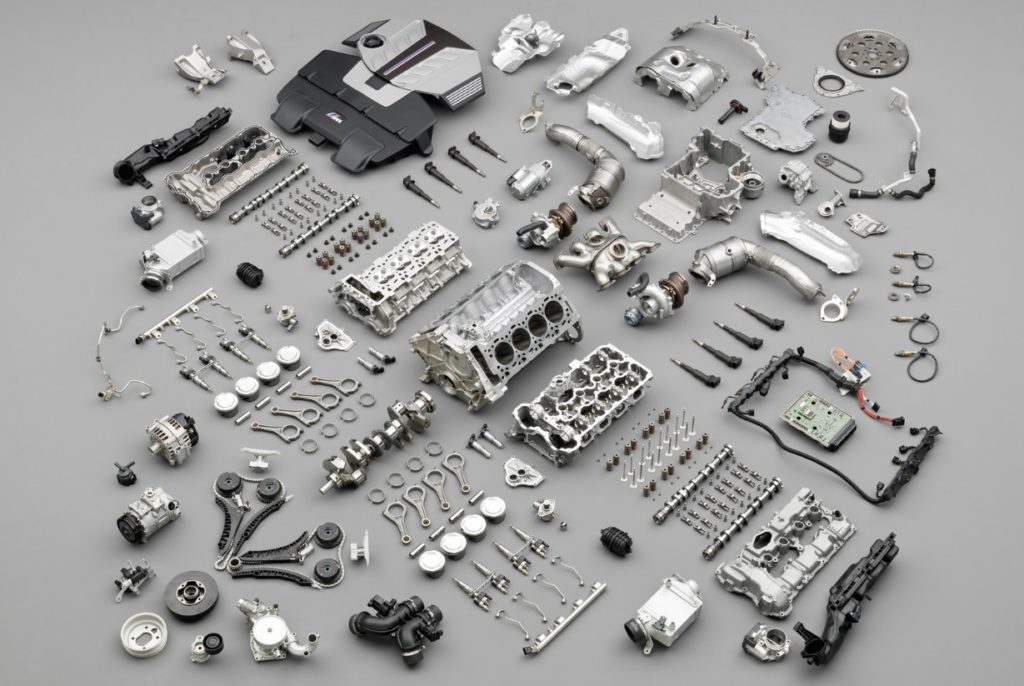
ICE Engine. Source: teslamotorsclub.com
Motors also don’t operate at high temperatures and pressures with explosions inside them! This means it’s obviously easier to keep them in good health as they don’t get destroyed over time too quickly. To give you a quick idea of the difference in complexity between the two have a look below.
| Typical 4 Cylinder Engine | Typical Electric Motor |
|
|
On top of the above complexity difference you have even more components that aren’t involved with EV’s. There’s no belts, air filters (other than AC ), no spark plugs. Balance shafts, harmonic balancers, pistons, rings, fuel pumps, injectors, pressure regulators are all redundant. Other components related to dealing with pollution such as mufflers and other exhaust parts also go out the window.
They don’t have engine oil or engine coolant that needs replacing. There’s no timing belts that can snap and cause huge damage to your car. It has no radiator and all the associated hoses that go along with it. Fuel filters don’t need replacing and the list goes on.
Tesla Service Inspections
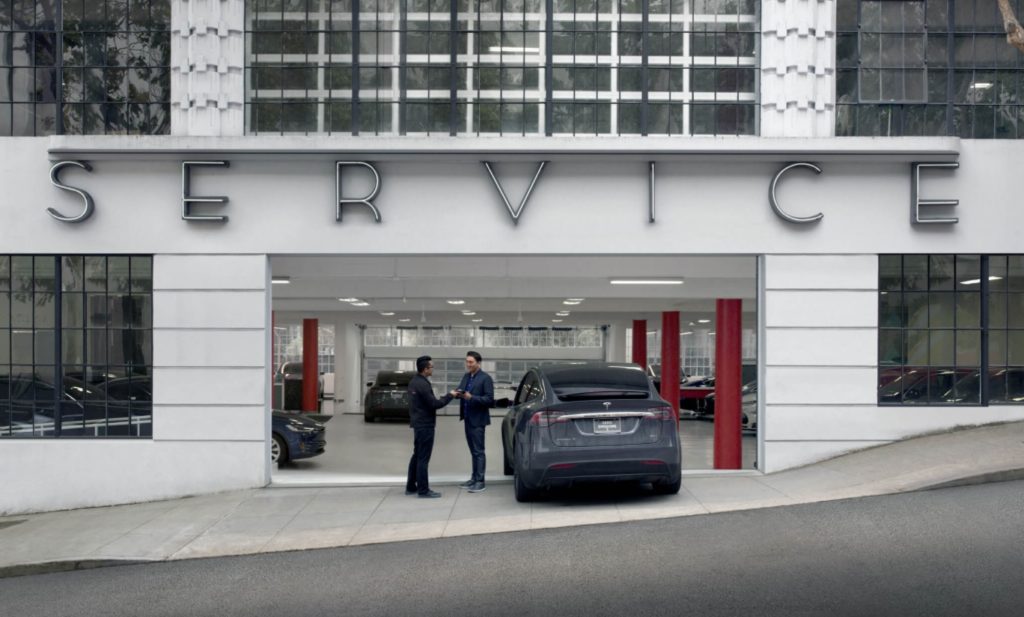
Source: tesla.com
As a result of all this reduced complexity Tesla Services aren’t very complicated. They have a detailed list on their Maintenance Plans page but the whole list is quite short:
Every Year / 20,000 km
- Key fob battery replacement (set)
- Multi-point inspection
- Tire rotation (if needed)
- Wheel alignment check (and adjustment, if needed)
- Wiper blade set replacement
Every 2 Years / 40,000 km
- A/C desiccant bag replacement
- Brake fluid replacement
- Cabin air filter replacement
Every 4 Years / 80,000 km
- Battery coolant replacement
- Drive Unit(s) fluid service
As you can see, it’s not a huge list with most of the maintenance not even touching the motor. It’s mainly to do with tires, A/C, wiper blades and your key fob. Hardly anything super complicated!
Furthermore with the upcoming Tesla Model 3, there isn’t even a key fob anymore. Your phone is the car key so the above list gets even shorter! In fact if your tires and wipers are OK the entire first years service would only involve a multi-point inspection! Tesla could possibly do this with one of their Mobile Service Centers too. That would mean your entire car service could be done at your home or while you work.
EV’s And Brakes
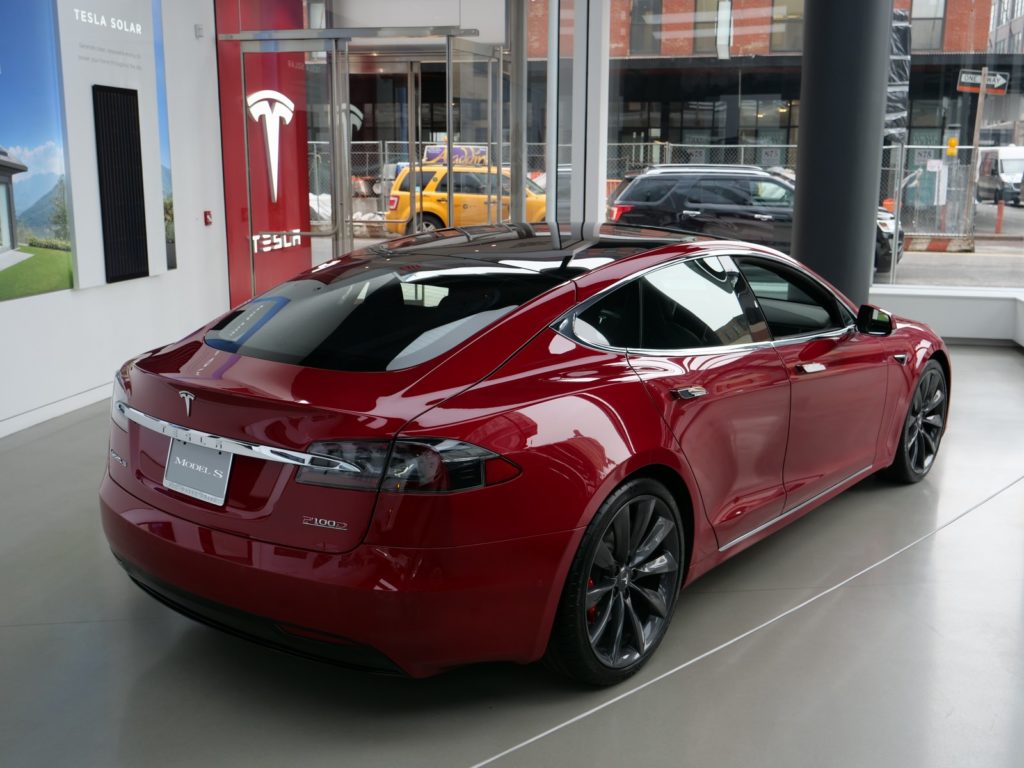
Yet one final point most people aren’t aware of is regarding EV’s and brakes. Usually brakes need replacing after a couple of years as they slowly wear down during use. While EV’s and Tesla’s still obviously use traditional brakes they also have regenerative breaking.
This is where the breaking energy is turned back into electrical energy and used to charge the batteries, extending range. It also has the added bonus of not using the traditional breaks. This means that whenever you slow down due to regen, you’re using the breaks less and they last longer.
How much longer you ask? Well obviously that answer varies depending on how much you use regen vs brakes. You can still use the brakes if you stop the car very quickly. But if you’re just slowing down gradually as you approach the lights for example regen is fine. As a result different people use the regen/brakes at different rates.
As a general guide though, assuming you use regenerative breaking as it’s intended, your brakes will last many, many years. Probably around 5-10 years. Here are some comments from actual owners of various EV’s.
My 347,000 km Prius has the original pads and about 85% left.
They’ll likely rot out before they wear out. The Prius had over 264,000 kms and lots of pad left. The Model S uses the brakes less than the Prius.
At my second annual service, my car had 69,200 kms on it and my brake pads measured at 8 mm. New the pads are 9 mm. Based on that wear rate, my brake pads will last 480,000 + km before reaching the wear limit of 2 mm.
So have you had your Tesla serviced? Was it cheaper than your previous fossil fuel car? Let us know in the comments below!
The benefits include: 1) How to get those silky smooth videos that everyone loves to watch, even if you're new 2) How to fly your drone, from taking off to the most advanced flight modes 3) Clear outlines of how to fly with step-by-step instructional demonstrations and more 4) Why flying indoors often results in new pilots crashing their drone 5) What other great 3rd party apps are out there to get the most out of your drone 6) A huge mistake many pilots make when storing their drone in the car and how to avoid it 7) How to do all of these things whilst flying safely and within your countries laws.


